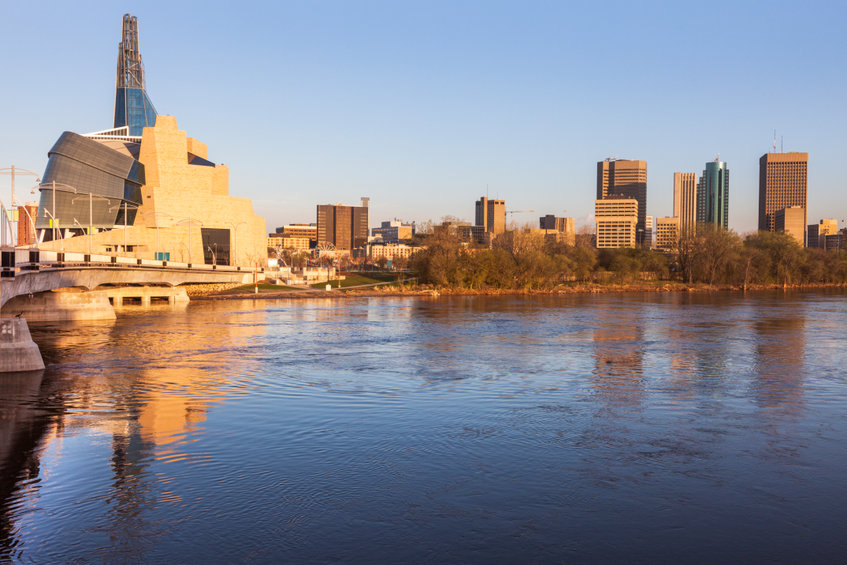Manitoba is a Canadian province bordered by Ontario to the east and Saskatchewan to the west. Its landscape of lakes and rivers, mountains, forests and prairies stretches from northern Arctic tundra to Hudson Bay in the east and southern farmland. Much wilderness is protected in more than 80 provincial parks, where hiking, biking, canoeing, camping and fishing are all popular.
Manitoba’s capital and largest city is Winnipeg, the seventh most populous municipality in Canada. Winnipeg is the seat of government, home to the Legislative Assembly of Manitoba and the Provincial Court. Four of the province’s five universities, all four of its professional sports teams, and most of its cultural activities (including Festival du Voyageur and Folklorama) are located in Winnipeg. The city has train and bus stations and an international airport; a Canadian Forces base operates from the airport and is the regional headquarters of the North American Aerospace Defense Command.
Capital: Winnipeg
Population: 1.278 million (2021)
Official Website: https://www.gov.mb.ca/
Tourism website: https://www.travelmanitoba.com/
Tourist Attractions: Manitoba boasts a mix of landscapes, in-depth history, diverse communities and four distinct seasons. Add those all together and Canada’s central province promises a range of exciting experiences, activities and things to do.
- The Forks, Winnipeg
- Polar Bears of Churchill
- Canadian Museum of Human Rights, Winnipeg
- Grand Beach
- Riding Mountain National Park
- Gimli & the Icelandic Festival of Manitoba
- Whiteshell Provincial Park
- Festival du Voyageur, Winnipeg
- Lower Fort Garry National Historic Site
- The Royal Canadian Mint
- Narcisse Snake Dens
- Pinawa Dam Provincial Park
- Hecla Island & Lakeview Hecla Resort
- Canadian Fossil Discovery Center, Morden
- Mennonite Village in Steinbach


